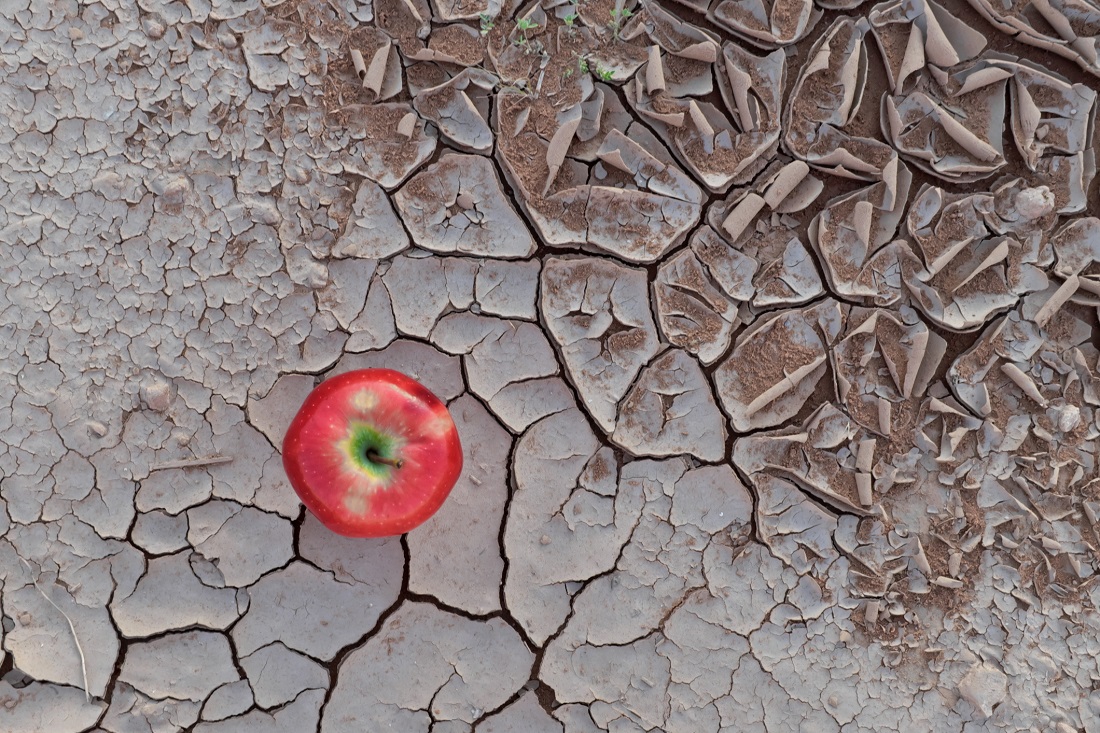Climate change impacts such as higher average temperatures and more rain or droughts could increase the occurrence of some pathogens, according to a report from the Swedish Food Agency (Livsmedelsverket).
The report also looks at the hazards that may become relevant in different food types as a result of climate change, with a focus on Swedish conditions, and discusses how they could be controlled. The section covers dairy, meat, fish and seafood, eggs, cereal products and fruits, berries and vegetables.
A risk profile was developed to increase knowledge on how climate change can affect microbiological food safety in the future. The focus was to identify existing and emerging hazards that may be of concern and impact the safety of food and water consumed in Sweden.
The report also proposes ways to meet the new challenges posed by changing normal conditions and an increased frequency of extreme events.
Although there are knowledge gaps, the analysis shows the prevalence of most microbiological hazards would probably increase as a result of climate change. Conclusions on the change in specific hazards as well as the extent and speed of the impact are uncertain and depend on accuracy of climate scenarios and what mitigation measures are put in place.
Swedish situation
In Sweden, the climate will become warmer, especially in winter. Rainfall will generally increase, mostly in winter and spring, especially in northern parts of the country. In the southeast, increased drought and water shortages are predicted. Climate change is also expected to lead to more frequent extreme weather such as floods and heatwaves.
A change in normal conditions can increase the presence of certain bacteria, viruses, parasites and mold toxins that can cause disease via food and drinking water. Extreme weather events can lead to power outages, disruptions to infrastructure and food contamination.
Impacts on the environment and society that can affect food safety include changing conditions for plant cultivation, animal production, infrastructure, energy supply, and water availability, according to the report.
Data is based on scientific literature and reports from domestic and international agencies including the Swedish Meteorological and Hydrological Institute, European Food Safety Authority (EFSA), and the Food and Agriculture Organization (FAO) of the United Nations.
“The report from the Swedish Food Agency shows what science says today about how climate change may affect food production in Sweden and the food we import. What we have come up with also provides a basis for continued work on how we can tackle the new challenges,” said Jonas Toljander, a risk assessor.
Likely increase in hazards
Bacteria that are likely to increase in the environment, water, animals, plants, and/or food raw materials because of a changing climate, and for which the level of evidence is judged to be high, are Bacillus anthracis, Francisella tularensis, Salmonella, Shigella, and Vibrio. There is also some evidence that Campylobacter, Listeria and Shiga toxin-producing E. coli (STEC) may become more common.
All foodborne viruses have the potential to increase in incidence because of climate change. However, the level of evidence is medium for norovirus and low for hepatitis A and E viruses.
Most parasites are considered able to grow more but the level of evidence is mostly low. For Cryptosporidium, Giardia intestinalis, and Toxoplasma gondii, it is medium.
Among the mycotoxins, it is estimated that all Fusarium toxins covered (DON, T2/HT2, zearalenone, and fumonisins) will increase, of which the evidence level is highest for deoxynivalenol (DON) and fumonisins. Aflatoxins are also expected to become more prevalent.
Microbiological hazards emerging because of a changing climate are likely to vary for different food groups and stages in the supply chain.
The Swedish Food Agency has previously published documents touching on climate change including a handbook to help drinking water producers adapt supply to changed climatic conditions in 2019 and a plan for the food sector in a changing climate in 2018.
“It is important to start adapting the food chain based on a changing climate so that we can maintain the high degree of food safety that we have today,” said Annica Sohlström, director general of the Swedish Food Agency.
(To sign up for a free subscription to Food Safety News, click here.)

